Built 1926–28 Designated NYCL July 14, 1970 Area 2 ha | NRHP Reference # 79001601 Opened 1926 Added to NRHP 29 March 1979 | |
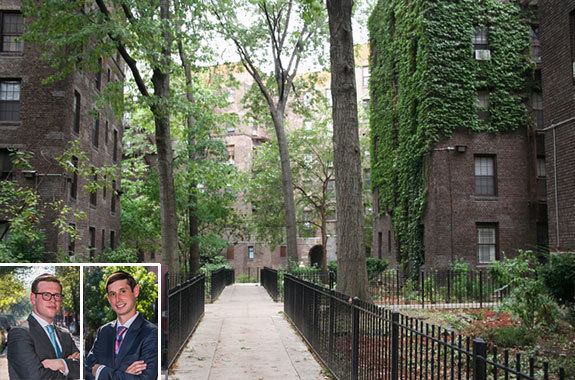 | ||
Location W. 149th and 150th Stbtwn Frederick Douglass & AC Powell Jr. Blvds.Manhattan, New York City Similar Matthew Henson Residence, Harlem River Houses, Graham Court, Mount Morris Bank Buil, Hotel Theresa | ||
The Dunbar Apartments is a complex of buildings located on West 149th and West 150th Streets between Frederick Douglass Boulevard/Macombs Place and Adam Clayton Powell Jr. Boulevard in the Harlem neighborhood of Manhattan, New York City. They were built by John D. Rockefeller, Jr. from 1926 to 1928 to provide housing for African Americans, the first project of its kind. The buildings were designed by architect Andrew J. Thomas and were named in honor of the noted African American poet Paul Laurence Dunbar.
Contents
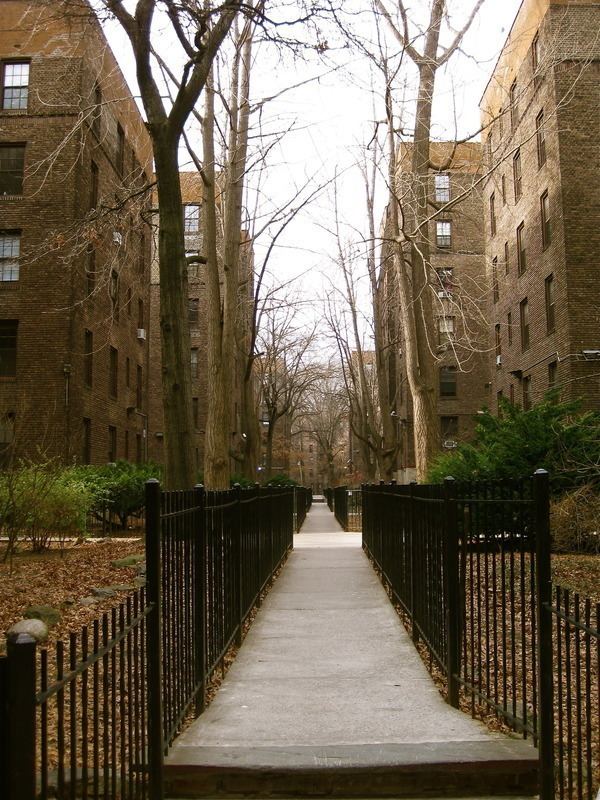
The complex consists of six separate buildings with a total of 511 apartments (as constructed) and occupies an entire city block. The buildings center around an interior garden courtyard, with each building "U"-shaped so that every apartment receives easy air flow and direct sunlight at some point during the day. The Dunbar is considered the "first large garden-complex in Manhattan."
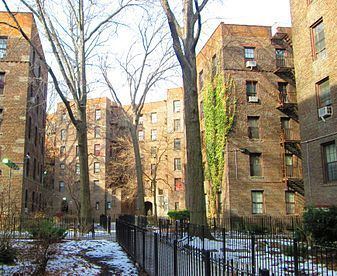
The complex was designated a New York City Landmark in 1970, and was listed on the National Register of Historic Places in 1979.
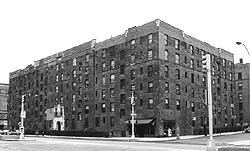
History and description
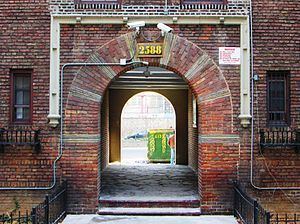
The Dunbar Apartments were constructed as an experiment in housing reform, to alleviate the housing shortage in Harlem and to provide housing for African Americans. Rather than being set up as rental apartments, the complex was a housing cooperative. Tenants were required to pay a down payment of $50 per room, and then $14.50 per room per month, much of which went towards a mortgage on the space. In 22 years, if payments were all made on time, the tenant would own the apartment. The project was both the first large cooperative aimed at African Americans, and also New York City's first large garden apartment complex.
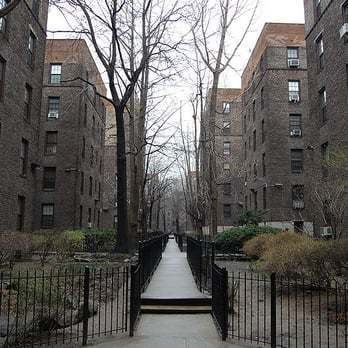
The original tenants were primarily middle class, and inexpensive childcare was provided on-site to support working mothers. However, the building opened in 1928, and the Great Depression began just a year later. The management of the complex was forced to loosen a number of cooperative rules in order to allow people to, for example, take in lodgers. Even so, too many tenants failed to make their payments and the buildings defaulted on their mortgage to Rockefeller. He foreclosed in 1936, and a year later the buildings were converted to rental units.
In June 2013, the Dunbar Apartments were sold to the Brooklyn-based developer E&M Associates. Plans were set in motion to upgrade the facilities and establish the Dunbar as one of the premier upscale complexes in Upper Manhattan. These plans include renovating the vacant apartments, updating and refurbishing the interior courtyard and garden, and the addition of a variety of amenities including a fitness center, playground, additional security and a doorman. The contract was acquired by Samuel Berry and Andrew Melohn of Douglas Elliman working in conjunction with Fredrik Eklund.
Notable residents
Noted personalities to live in the Dunbar include leaders of the Civil Rights movement such as W. E. B. Du Bois, Paul Robeson, and A. Philip Randolph, entertainer Bill "Bojangles" Robinson, poet Countee Cullen, and the explorer Matthew Henson.
